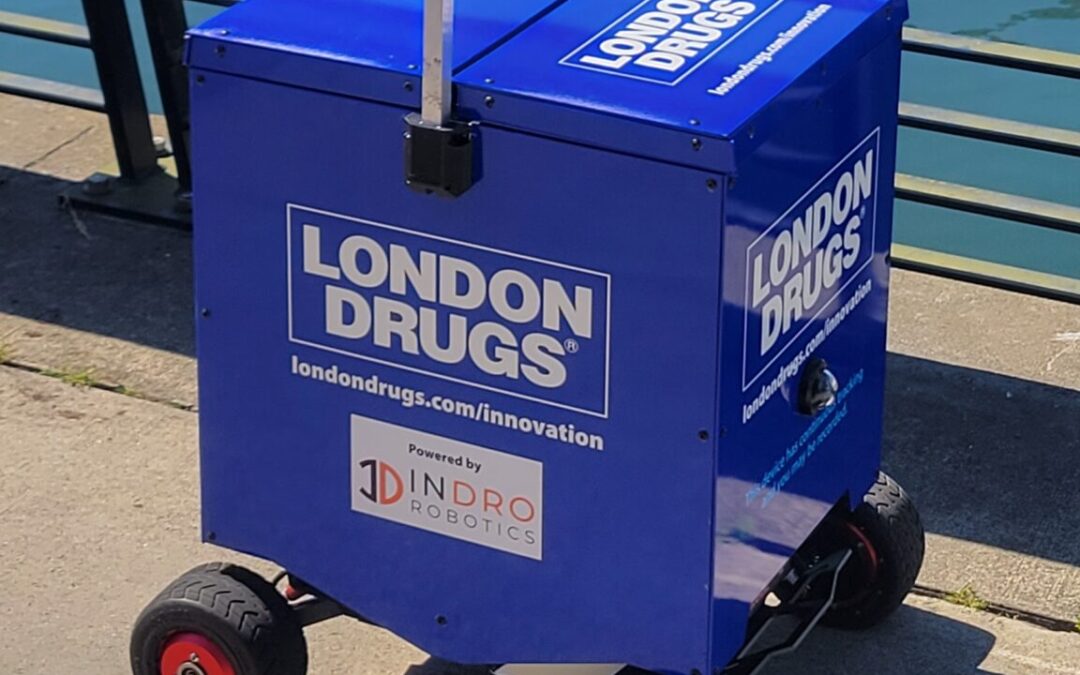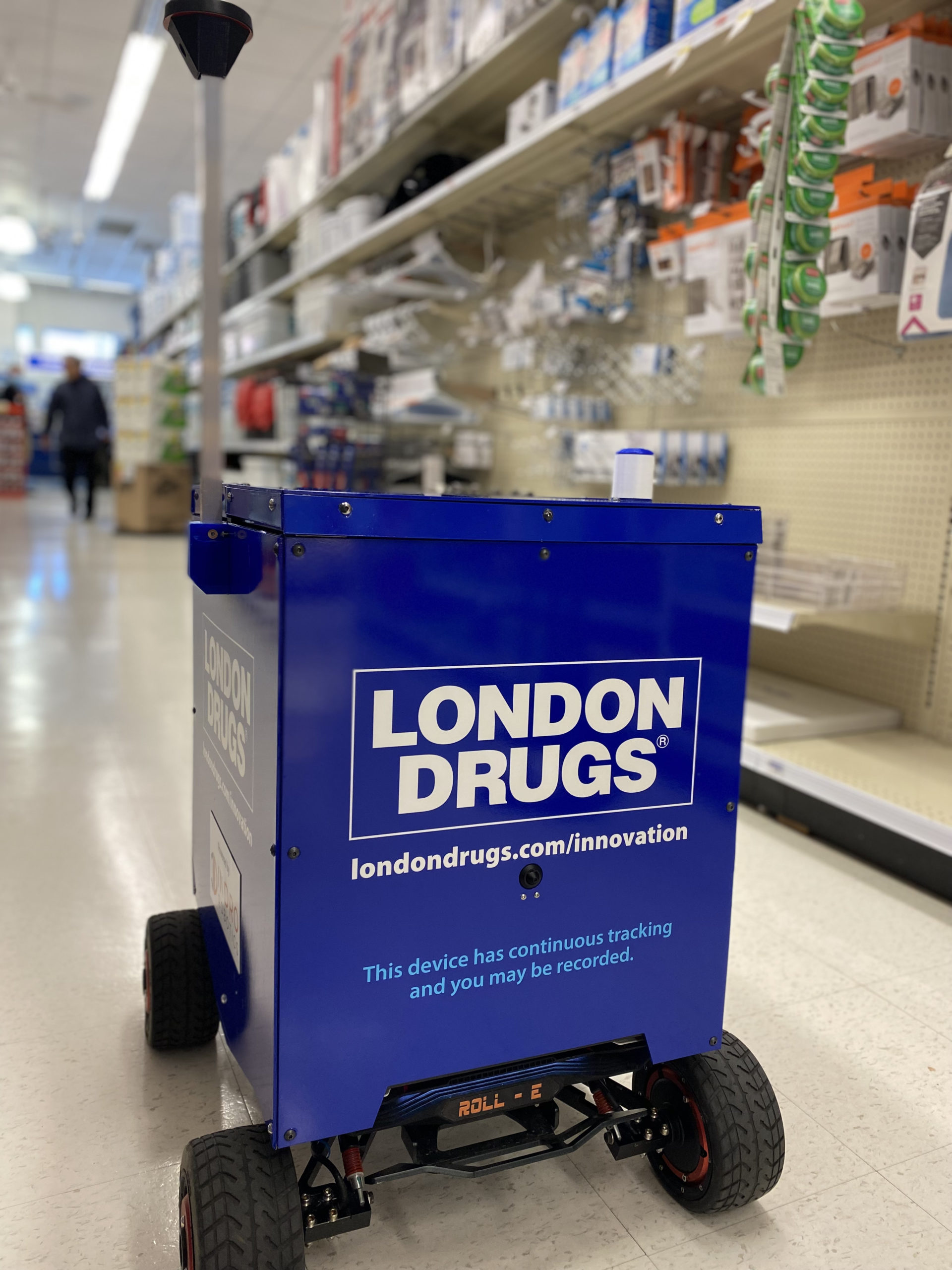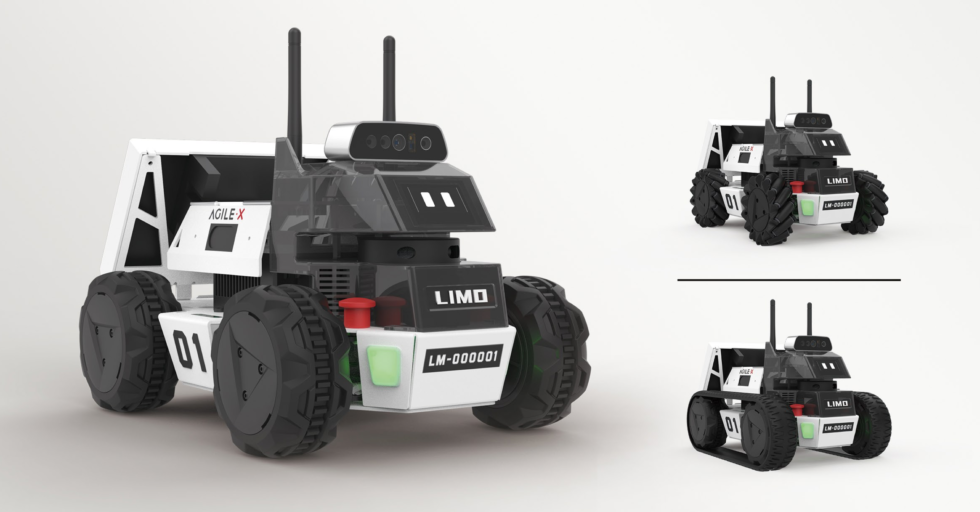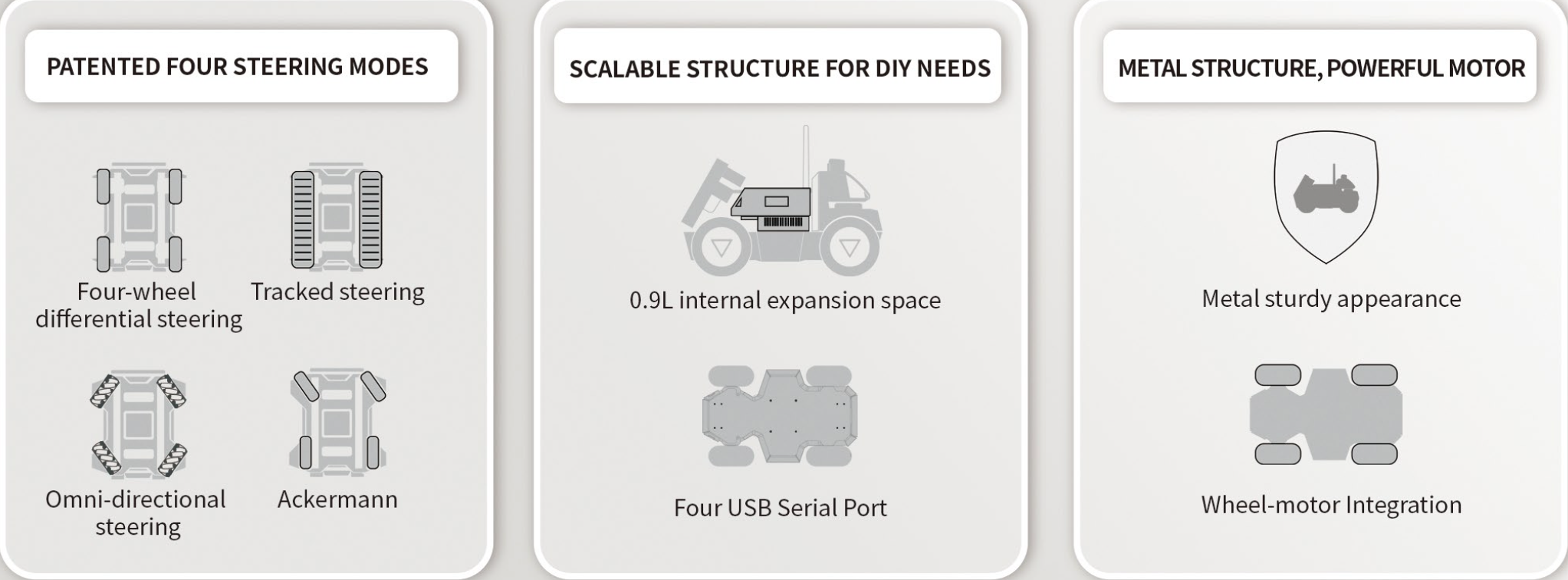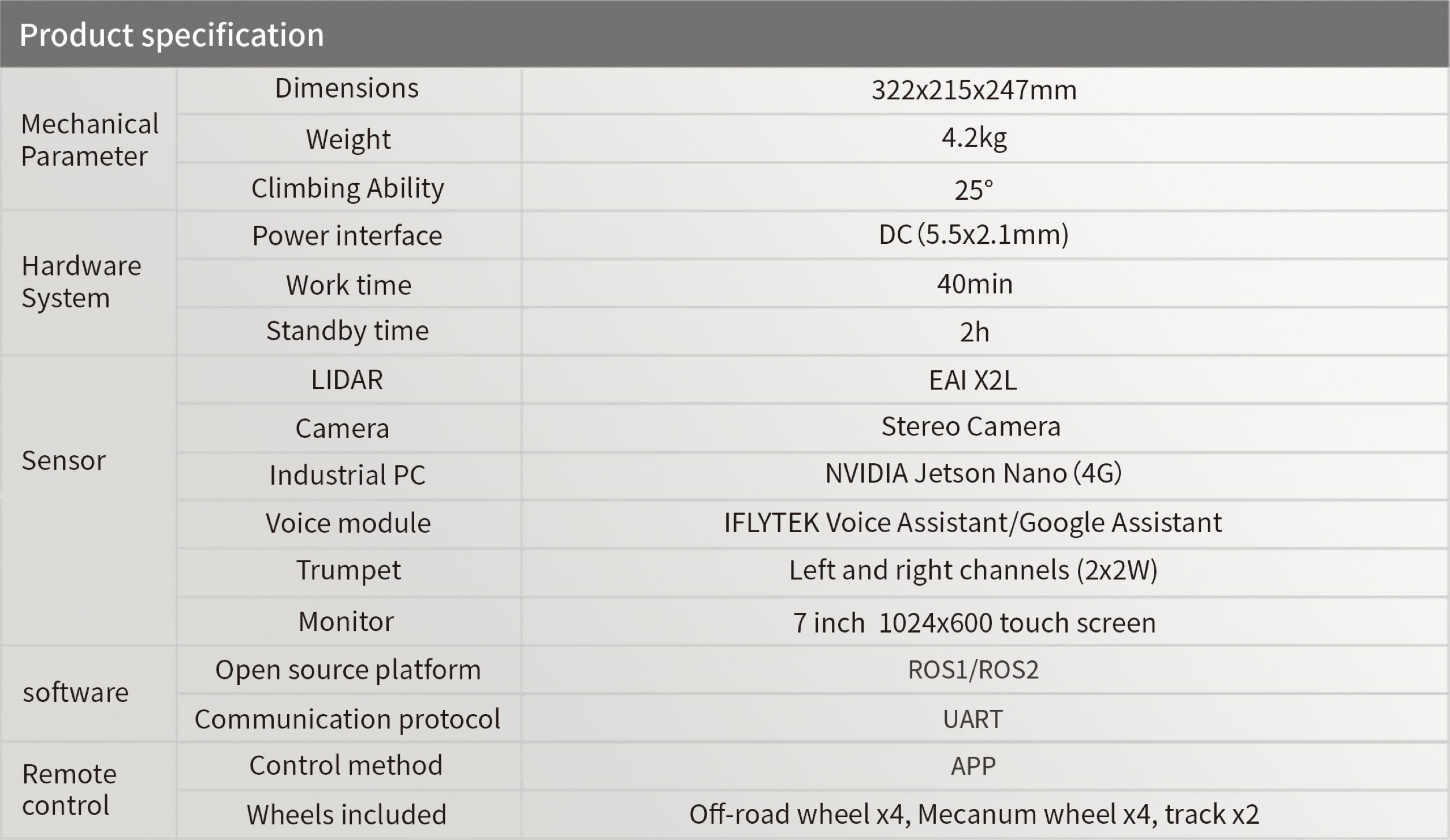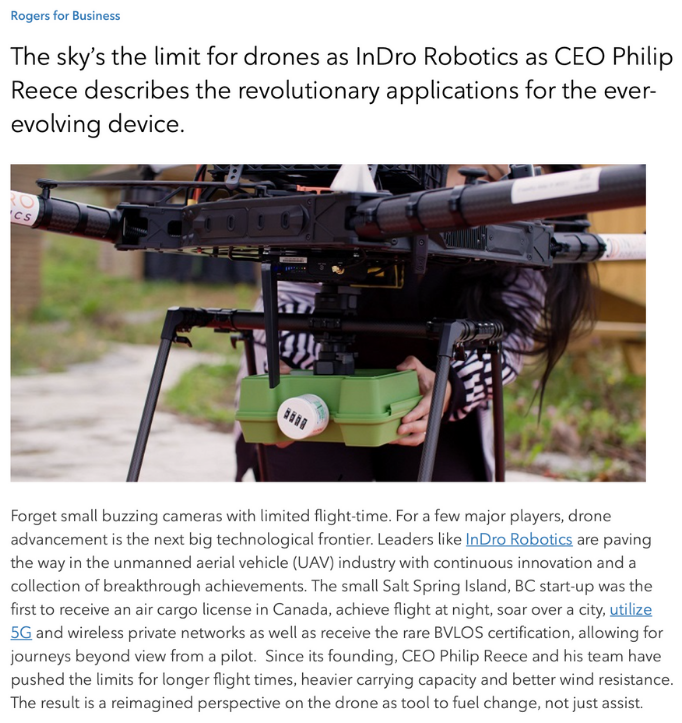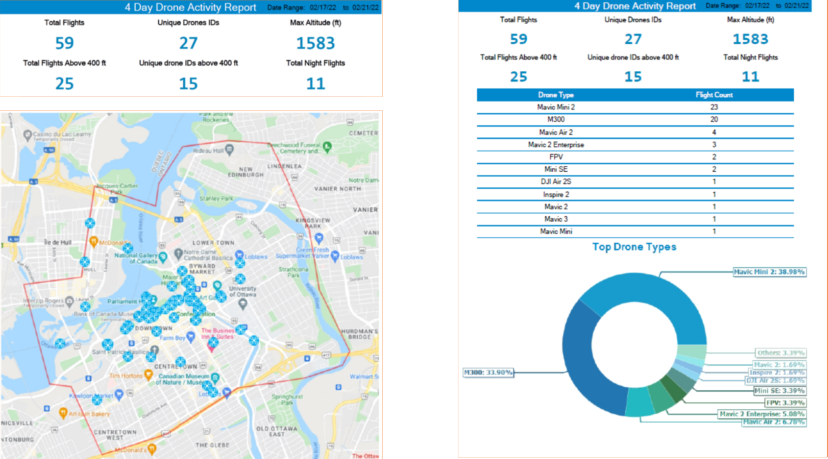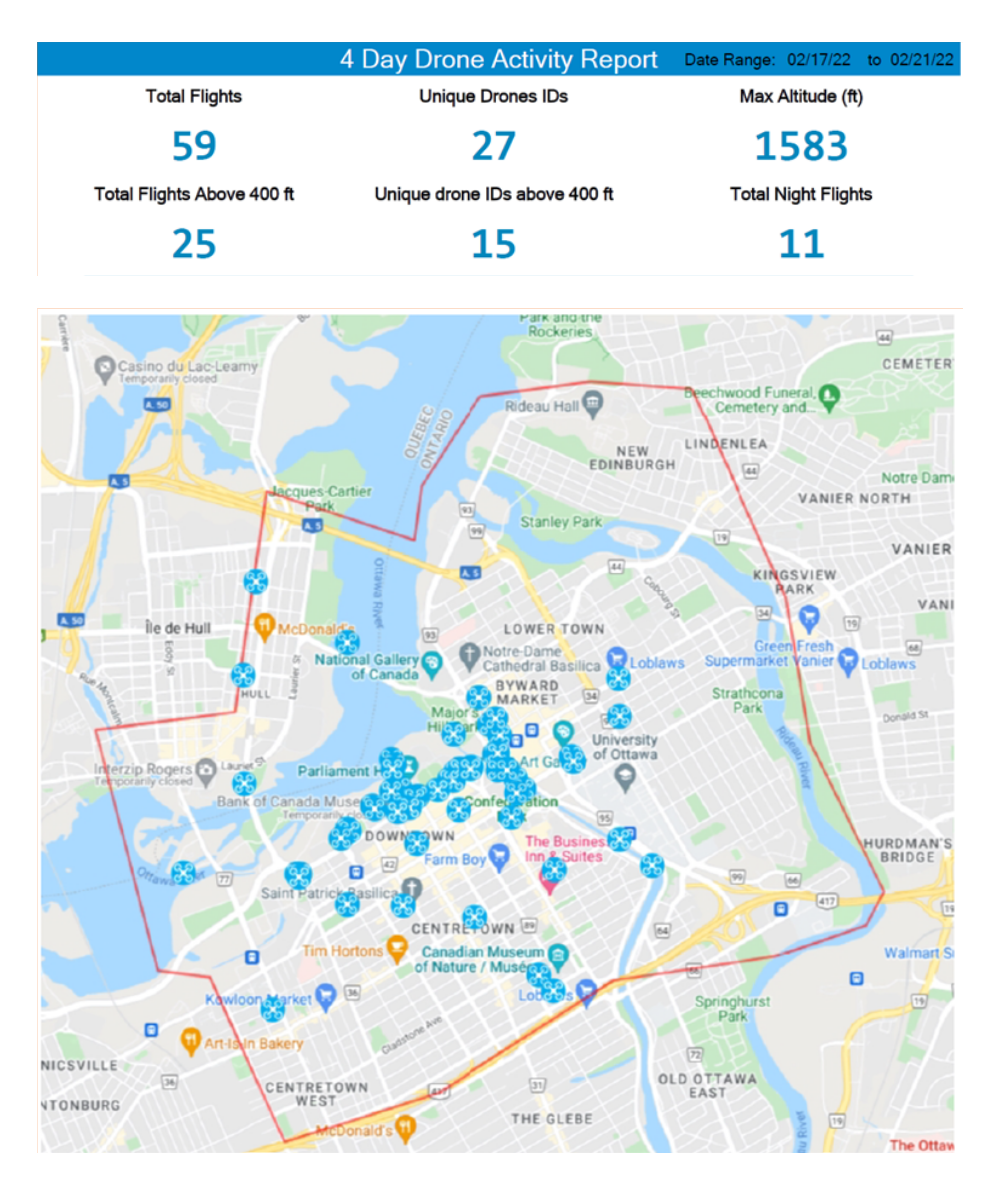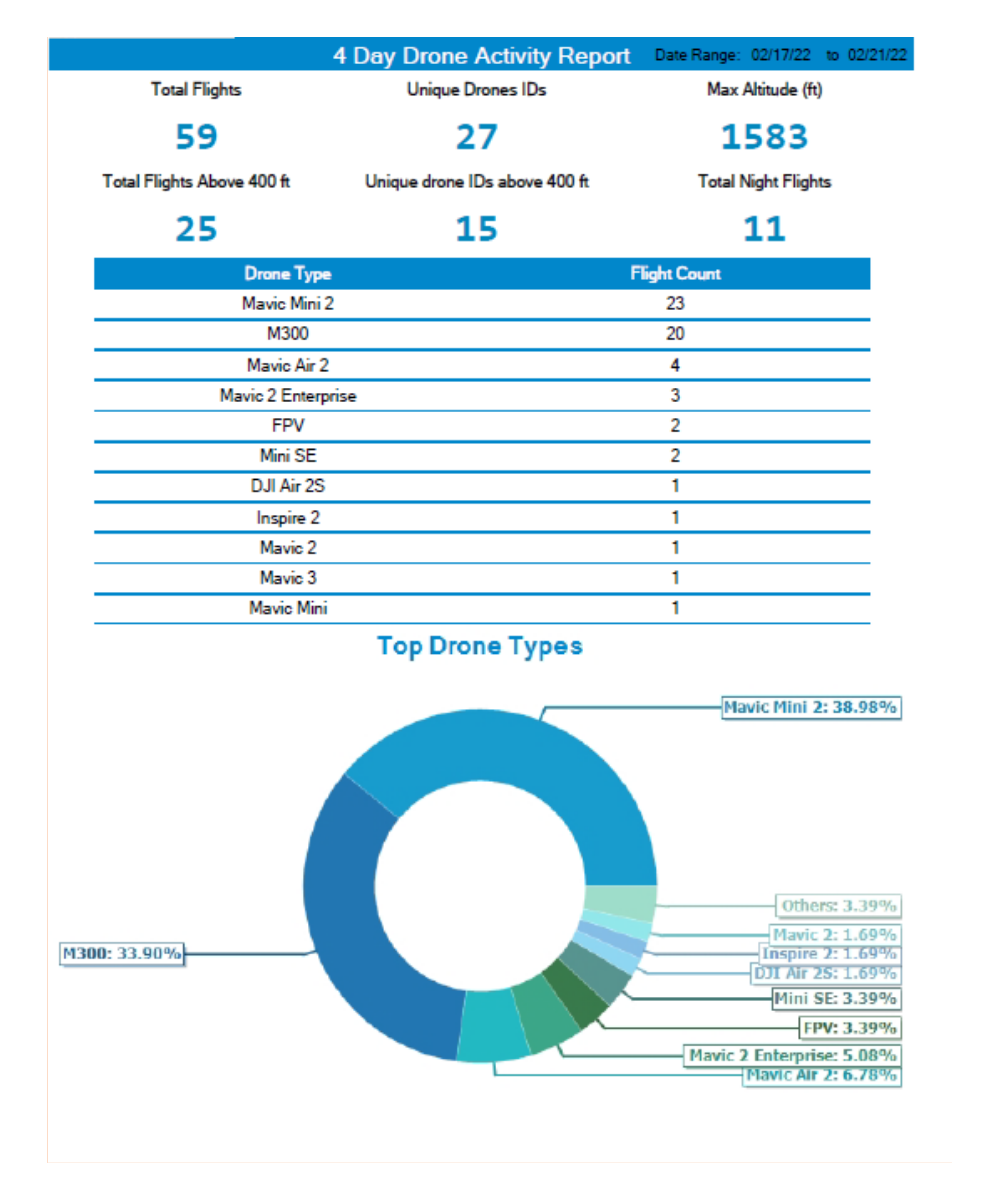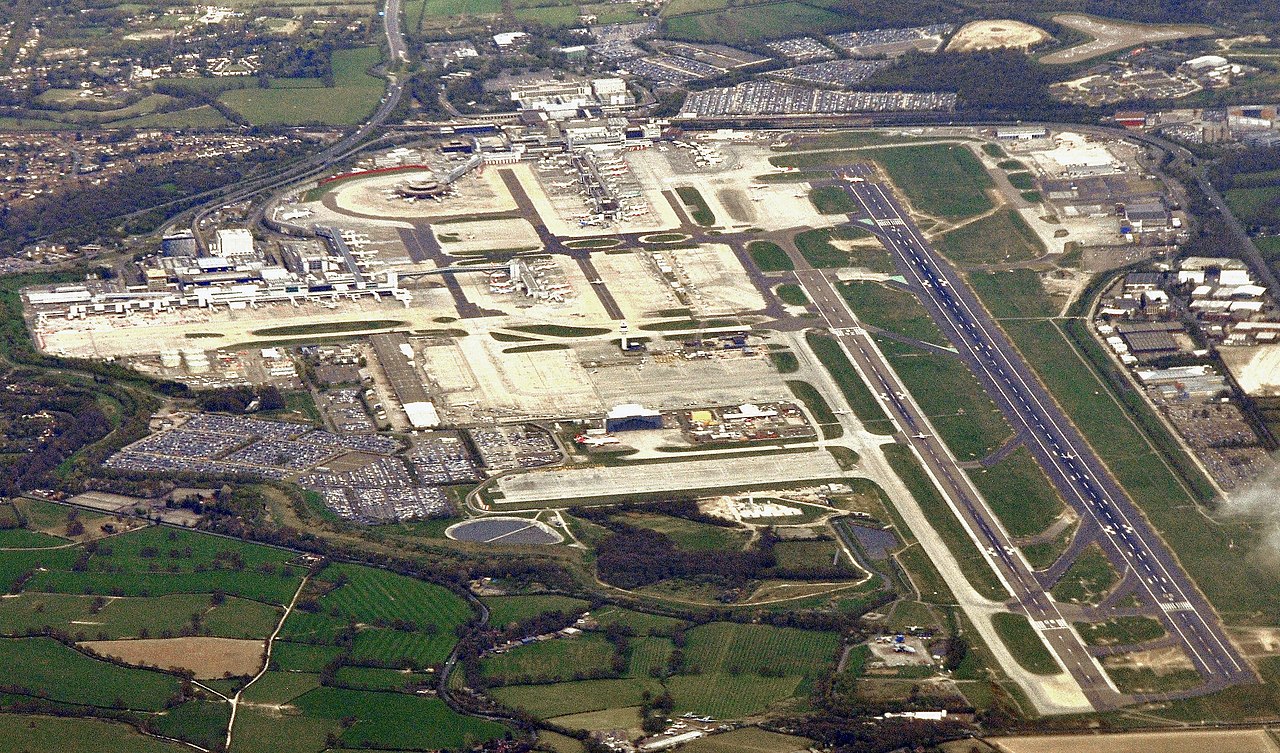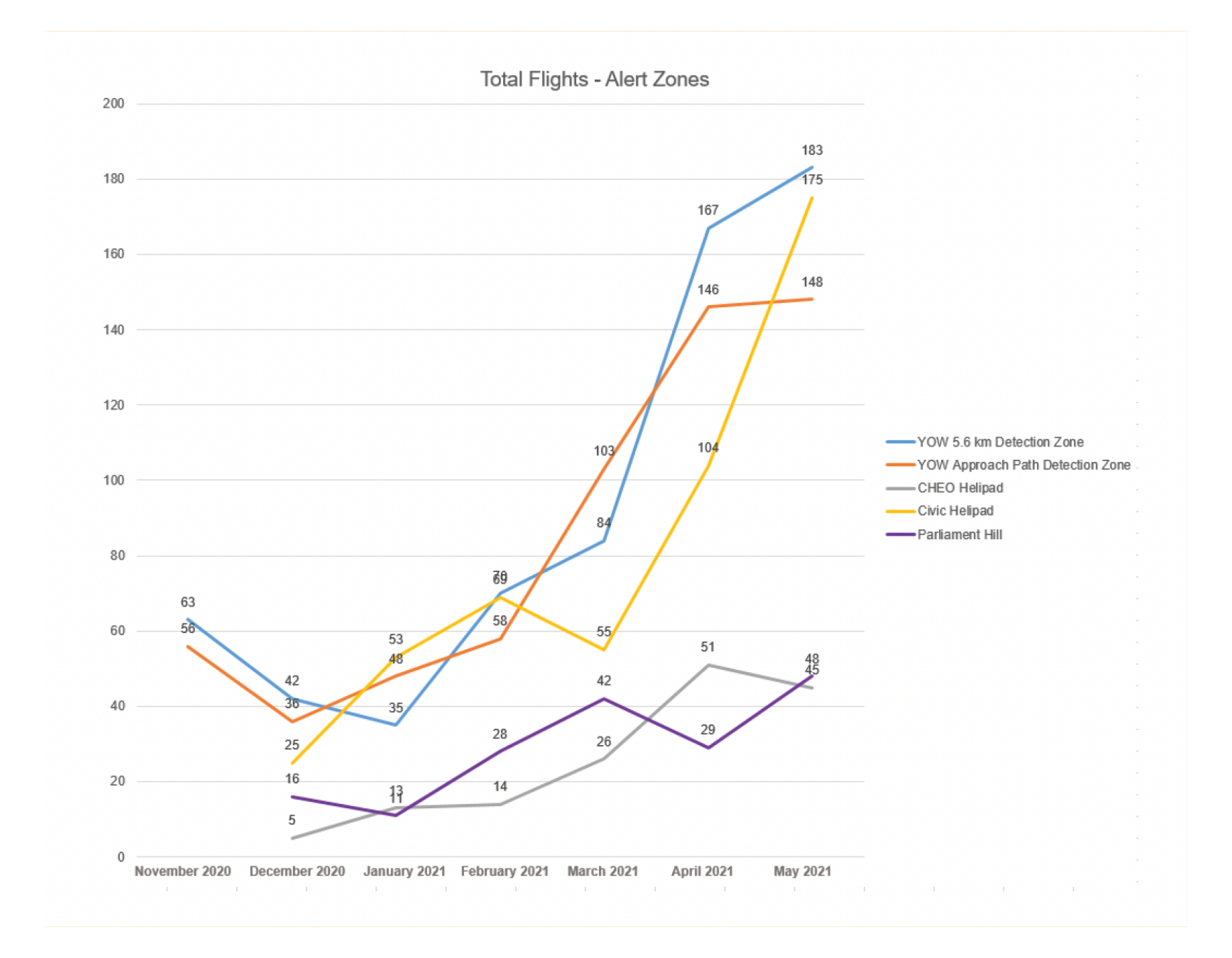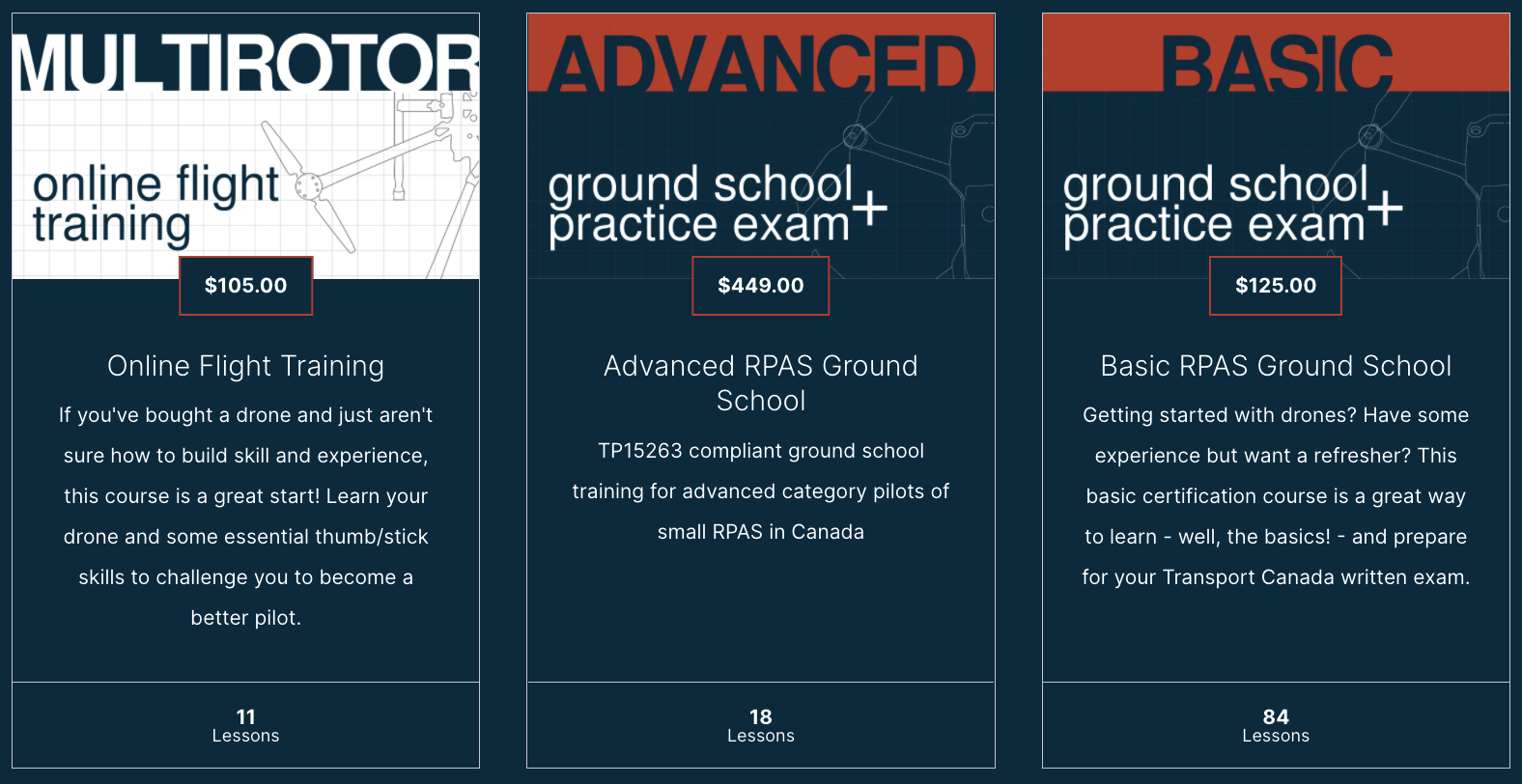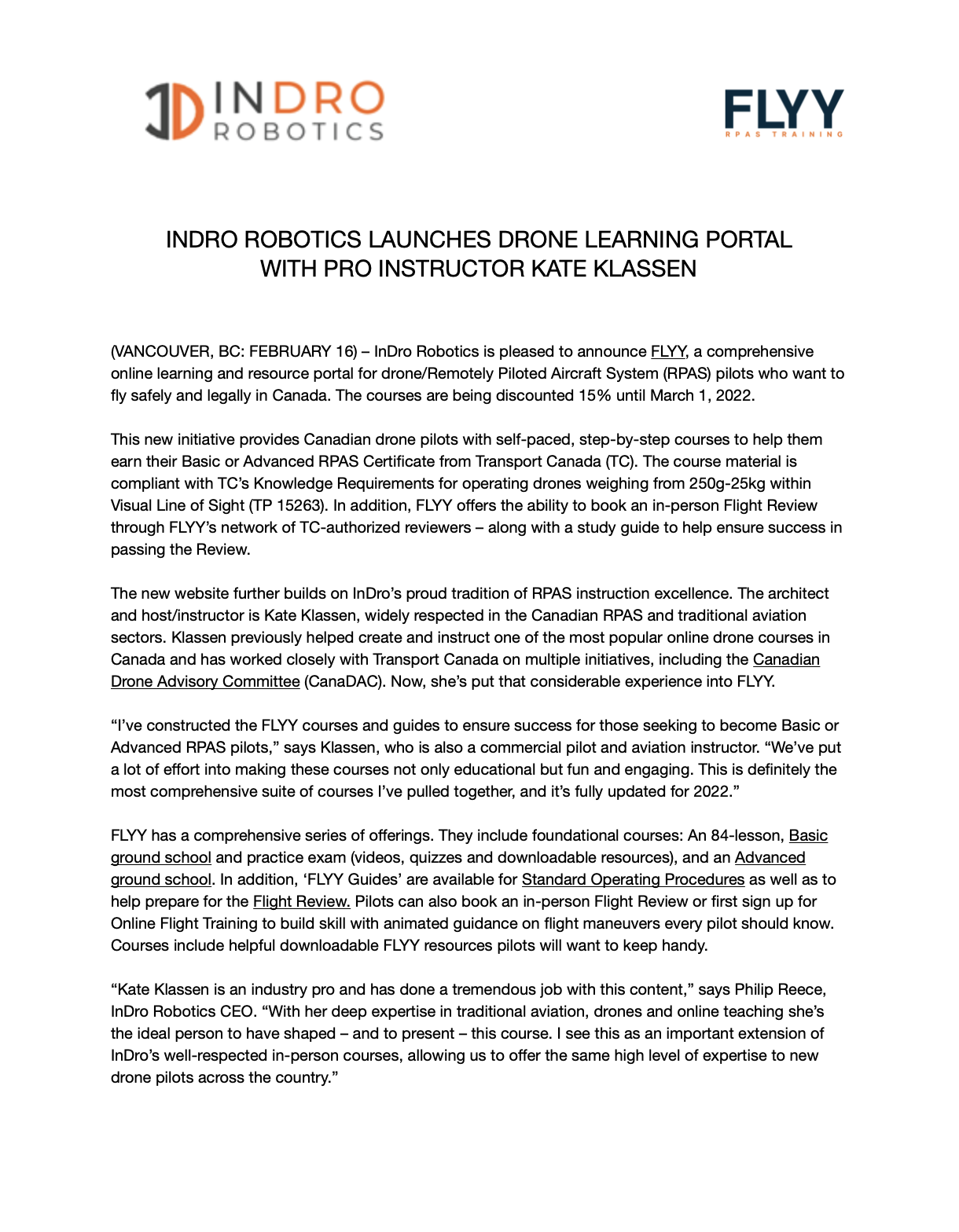
InDro Robotics hits the podcast circuit
It’s been a busy week for InDro Robotics on the airwaves of the internet.
Two of our best talkers were asked to be guests on two separate industry podcasts, and the final products of both were released within two days of each other. Our CEO, Philip Reece, was the first up to the microphone, followed by Strategy and Implementation Specialist (and widely recognized training professional) Kate Klassen.
Because Philip went first (and because he’s the boss), we’ll start with him.
Philip was asked to appear on a podcast called Inflection Points. The highly rated podcast (Five Stars!) describes itself as exploring the “vision of the future of network-based technology.”
Because many of our products (and much of our R&D) focus on connected devices, Philip was a good choice for that broader topic. But the show’s hosts wanted to a deeper dive into an area where InDro’s CEO is an expert: The world of drones.
Here’s the synopsis for the episode:
“Just a few years ago drones were about hype. The reality is that this network-based tech is making a real difference in our lives today. Join hosts Carla Guzzetti and Tim Harrison as they hear from Indro Robotics CEO Philip Reece exactly how this change is happening and just when those drones will be dropping those shoes you just bought right to your door.”
Philip had an answer for that – and much more.

It’s always great when a podcast reveals something new or unexpected. And we can tell you there were more than a few gems in this episode. But perhaps the most entertaining was when Philip explained how he switched from the world of running a seaplane airline to the world of drones (and, eventually, other robotics).
We’d love to tell you that story here, because it’s really entertaining – but we’ll let Philip tell you instead. There’s much more, of course, including a deep dive into the future of networked devices, including how aerial and ground robots will routinely be working collaboratively.
Before we get to the show, here’s a snippet that gives you an idea what to expect (and also flags that there’s cool stuff about Uncrewed Ground Vehicles, as well):
On with the show…
Okay, enough preamble. Time to hear Philip, Carla and Tim – and learn when a drone might actually deliver Carla those shoes.
Wait, there’s more!
Philip is a great and knowledgeable talker. But he’s got some competition from Kate Klassen.
Kate is widely known in Canadian circles for her contributions to both traditional aviation (she’s a multi-rated commercial pilot and instructor) as well as her immense impact on the drone world. Both Kate and Philip serve on Transport Canada’s CanaDAC Drone Advisory Committee and as board members on the Aerial Evolution Association of Canada (formerly Unmanned Systems Canada).
And Kate, who previously created and fronted a highly successful online drone course in Canada, recently outdid herself with FLYY – a brand new and fully updated set of online courses you can read about here.
FLYY is on track to become the new leader in online learning, and even includes a supportive internal social network where pros like Kate share tips with beginners on everything from safety protocols through to nailing the perfect aerial photograph. When we say it’s a comprehensive learning and resource portal, we mean it.
With a background like that, it should be no surprise that Commercial UAV News wanted to hear more from Kate about FLYY, the importance of solid training – and much more. Here she is, on the latest edition of Beyond Part 107:
Why? Well, let’s just say there’s a little Easter Egg (perfectly timed!) waiting somewhere in that show – a discount code for FLYY. Plus, of course, it’s likely you’re learn something from Kate.
Hope you enjoy the podcasts; both Kate and Philip are real pros.

